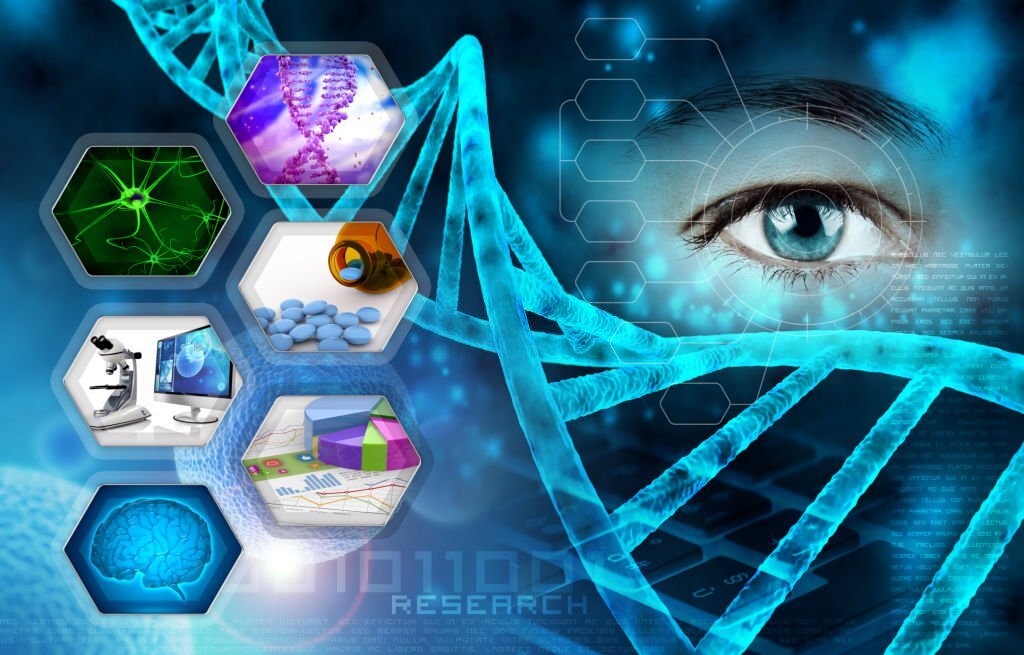Neural stem cells (NSCs) are a type of stem cell that has the potential to differentiate into any type of neural cell, including neurons, astrocytes, and oligodendrocytes. These cells are found in various regions of the brain, such as the hippocampus, subventricular zone, and olfactory bulb.
NSCs are crucial for brain development and repair, as they allow for the growth and formation of new neurons, which is essential for learning and memory. In this blog post, we will explore the different types of NSCs, their applications, and the future of NSC research.

Types of Neural Stem Cells
There are two main types of NSCs: neural progenitor cells (NPCs) and neural crest stem cells (NCSCs).
Neural Progenitor Cells
NPCs are found in the embryonic and adult brains and have the ability to differentiate into neurons, astrocytes, and oligodendrocytes. NPCs are essential for brain development, as they allow for the formation of new neurons and the growth of axons and dendrites.
In the adult brain, NPCs are found in the subventricular zone (SVZ) and the hippocampus. The SVZ is responsible for producing new neurons that migrate to the olfactory bulb, while the hippocampus is involved in memory and learning.
Neural crest stem cells
NCSCs are found in the developing nervous system and have the potential to differentiate into a wide range of cell types, including neurons, glial cells, and melanocytes. NCSCs are essential for the development of the peripheral nervous system, as they give rise to the sensory and autonomic ganglia and the enteric nervous system.
They are also involved in the formation of other tissues, such as the craniofacial skeleton, the adrenal medulla, and the cardiac outflow tract.
Applications of Neural Stem Cells
NSCs have numerous applications in research and medicine. They can be used to study brain development, neurodegenerative diseases, and brain repair. NSCs can also be used for cell replacement therapies, where they are transplanted into damaged areas of the brain to replace lost neurons or glial cells.
NSCs have been shown to improve motor function in animal models of Parkinson’s disease, and they have also been used to treat spinal cord injuries.
Neural Stem Cell Differentiation
NSC differentiation is the process by which NSCs differentiate into specific cell types, such as neurons or glial cells. This process is regulated by various signaling pathways, such as the Notch pathway, the Wnt pathway, and the BMP pathway. These pathways interact with each other to control NSC proliferation and differentiation.
Neural Stem Cell Culture
NSC culture is the process by which NSCs are grown in vitro, or outside of the body. NSCs can be isolated from embryonic or adult brain tissue and grown in culture dishes containing specific growth factors and nutrients.
NSCs can be expanded in culture and induced to differentiate into specific cell types, such as neurons or glial cells. NSC culture has numerous applications in research and medicine, as it allows for the study of NSC behavior and the development of cell replacement therapies.
Neural Stem Cell Institute
The Neural Stem Cell Institute (NSCI) is a non-profit research organization dedicated to the study of NSCs and their applications in medicine. The NSCI was founded in 2007 and is led by Dr. Sally Temple, a pioneer in NSC research. The NSCI conducts research on NSC differentiation, NSC culture, and the use of NSCs for cell replacement therapies. The NSCI also collaborates with other research institutions and organizations to advance NSC research and promote the development of new therapies for neurological disorders.
The Future of Neural Stem Cell Research
NSC research has come a long way in the past few decades, and the future looks bright for NSC-based therapies. Researchers are exploring new ways to control NSC differentiation and proliferation, as well as new ways to deliver NSCs to damaged areas of the brain.
Advances in gene editing and CRISPR technology may also allow for the manipulation of NSCs to enhance their therapeutic potential.
NSC-based therapies have the potential to revolutionize the treatment of neurological disorders such as Parkinson’s disease, Alzheimer’s disease, and spinal cord injuries.
With continued research and development, NSCs may one day be used to repair and regenerate damaged areas of the brain, restoring function and improving the quality of life for millions of people around the world.
Conclusion
Neural stem cells are a fascinating and promising area of research, with numerous applications in medicine and neuroscience. NSCs have the potential to revolutionize the treatment of neurological disorders, and with continued research and development, they may one day be used to repair and regenerate damaged areas of the brain.
The Neural Stem Cell Institute is at the forefront of NSC research, and their work is helping to advance the field and bring us closer to a future where NSC-based therapies are a reality.
